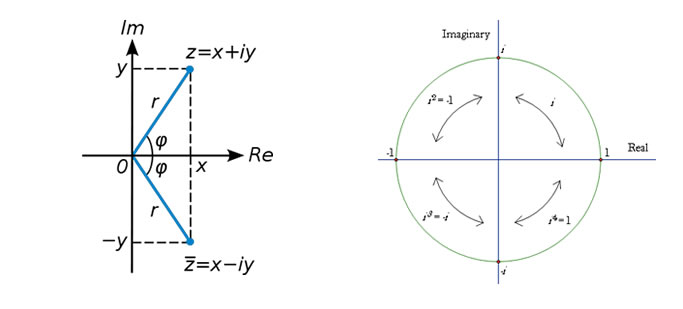
Where is gap? what is gap?
In my search to discover, "What is a gap?", I have been inspired by many different fields such
as philosophy, literature, psychology, metaphysics, biology, and anthropology. Throughout these explorations, I stumbled across the following case studies which have helped me to see the prevalence of gaps within what we assume to be our common knowledge.
When I first began, I found inspiration in knowing that even the atom and the molecule - the smallest and most basic physical structures of the universe - contain gaps. Shortly afterwards, I realized that in our attempts to create representational structures of our world in programs like Google Earth, it is precisely the gaps (or computer errors) that spark the imagination. In our attempts to fill in our gaps in understanding, we imagine other possibilities which we may not have imagined otherwise. Witnessing the ability for gaps to inspire imaginative thought allowed me to consider that there might be alternative methodological approaches to design research.
What kinds of possibilities might the prevalence of gaps introduce? As a designer, how might I best explore and represent these kinds of abstract, but valuable concepts in an approachable way?

Atom & Molecule Structure
"Once the idea of matter being made of small particles became accepted, there had to be some mechanism to hold them together." -Science, page 89.
When we see the world we live in on a microscopic level, we will meet the most basic unit of matter, the atom. When atoms are connected to each other, it becomes a molecule. If one oxygen atom and two hydrogen atoms are bonded together, they become a water molecule(H2O). The liquid, we call water, is a gathering of water molecules and they are bonded together by invisible electrical attractions, intermolecular forces. Depending on the strength of the electrical attractions, the sizes of gaps between molecules change and define the status of water. If the gaps are very tight, it become a solid; ice. If the gaps are big so that atoms can move freely then it becomes a gas. In here, atom is the elements of the facts such as our experience and cognition. When they connected to each other, it become a fact, a molecule. The gathering of facts becomes a reality, water. The invisible force between the facts that actually determine
the status of our world and can be an subjectivity and imagination.

Imaginary Number
An imaginary number bi can be added to a real number a to form a complex number of the form a
+ bi, where a and b are called, respectively, the "real part" and the "imaginary part" of the complex number. Imaginary numbers can therefore be thought of as complex numbers where the real part is zero, and vice versa. The name "imaginary number" was originally coined in the 17th century as a derogatory term as such numbers were regarded by some as fictitious or useless, but today they have essential, concrete applications in a variety of scientific and related areas.
Read more:http://www.time.com/time/specials/packages/completelist/0,29569,1881770,00.html

Top 10 Google Earth Finds
"Columbus and Magellan had it rough. Exploration these days is quite literally an armchair activity, as high-resolution satellite images and tools like Google Earth make it possible for anyone with an Internet connection to pore over the globe with a fine-toothed comb. There are entire online communities devoted to finding and cataloging the most unusual locales worldwide, creating 21st century atlases of minutiae. It isn't just for hobbyists, either — Google Earth has helped scientists find previously unknown ruins and police locate clandestine marijuana fields. Here are 10 of the most unusual discoveries."
Read more: http://www.time.com/time/specials/packages/completelist/0,29569,1881770,00.html